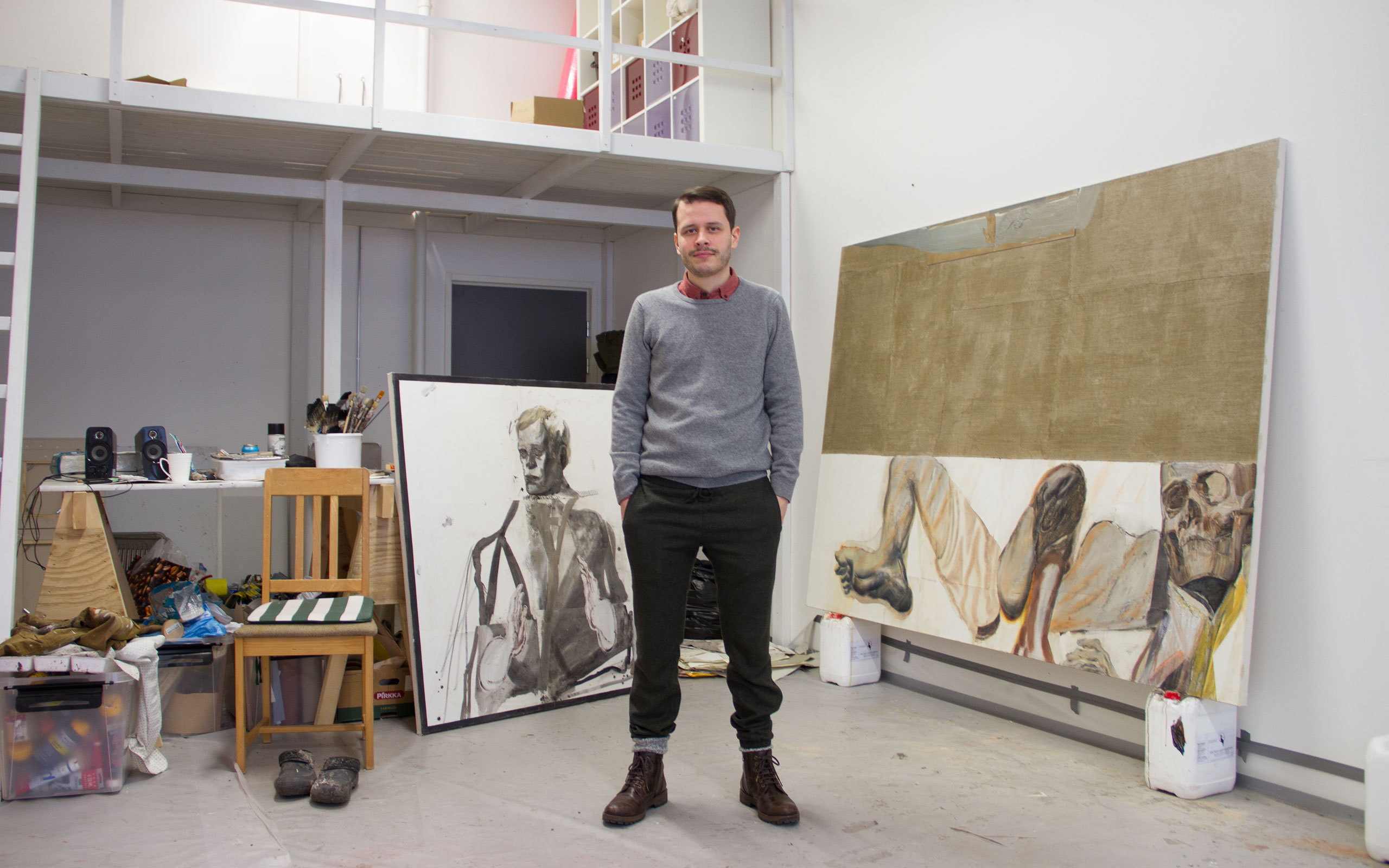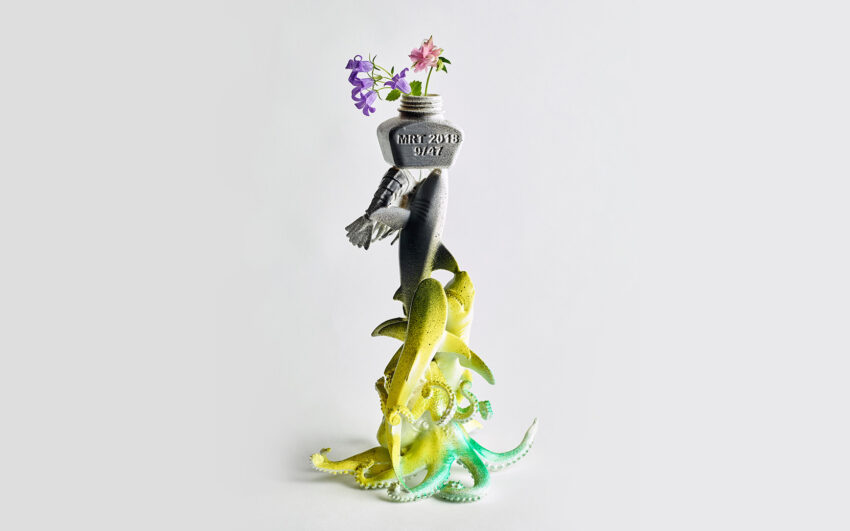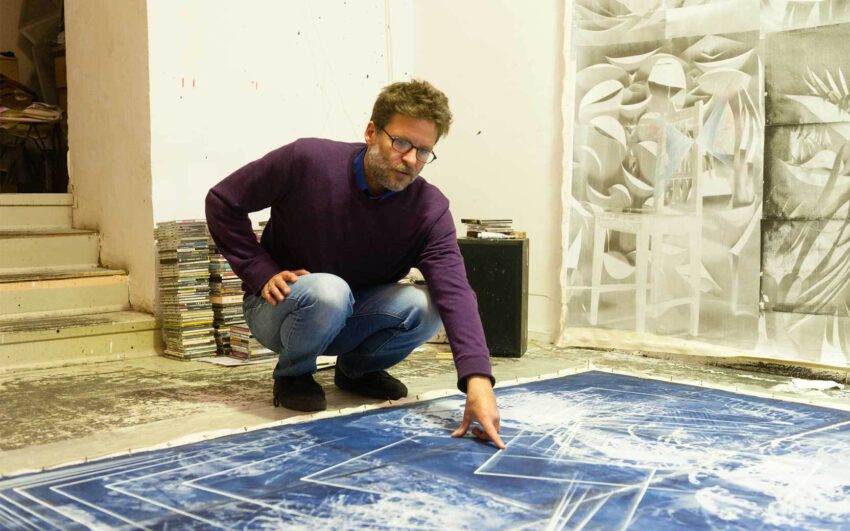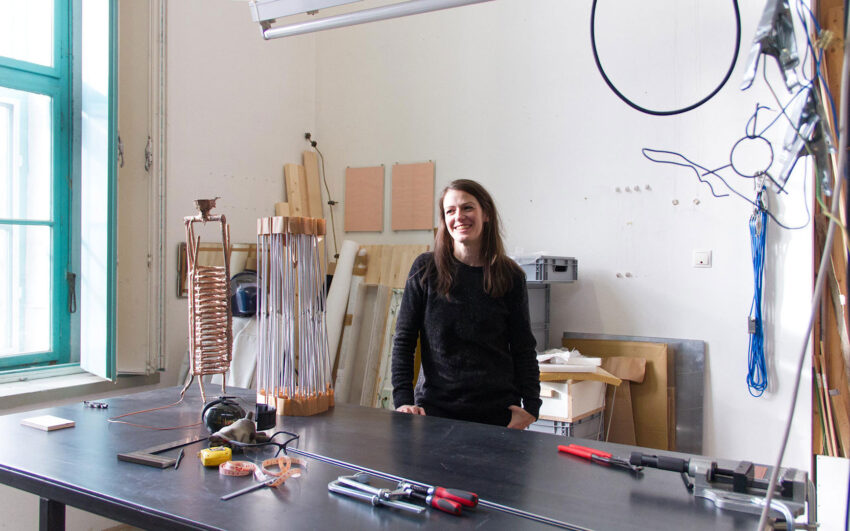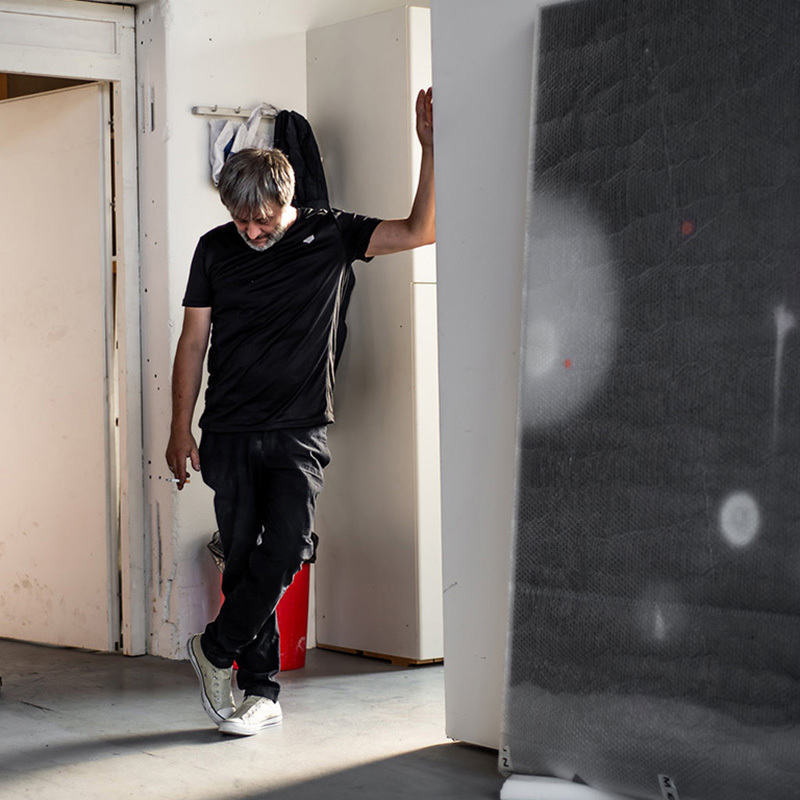The scene for contemporary art in Europe’s North is expanding and developing new dynamics as international collectors are watching the scene. With Nordic Notes we regularly cast the eye on the Nordic art and cultural scene, portraying its important actors.
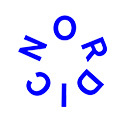
Humans and nature serve as the subject matter of Reima Nevalainen’s multi-layered collage paintings – not as conflicting elements, however, for human gestures and nature coexist as equals in his compositions. He mines his subject matter from personal experience, trusting in the intuitive power of the subconscious.
Reima, how would you describe what you do to someone who is less familiar with your artistic practice?
In short, I’m a painter and I use mixed media to create multilayered images of the human being. I am interested in the human condition. My paintings are often a mixture of both my experiences and observations of other people with memory being the only reference image. I’m not interested in stories or personalities, and I aim to empty the human figures that inhabit my paintings of those qualities. My imagery is based on reality and it tries to direct the viewer’s attention to the intrinsic value of existence.
Does portraiture of humanity take a central position in your work?
Yes, absolutely. I strive that my work be both a tribute to humanity in addition to being a lifelong artistic study of it. It feels to me as if the human figure is one of the tools in my possession, it’s not just the subject matter, but the essential matter, its substance, a material to work with. I see the human figure, its anatomy and layers analogous to landscapes, to the earth and its sediments. And vice versa, landscapes or plant life can be seen as metaphors for the human being. Flora and fauna are intertwined in my imagery.
One might say that you are in a way deconstructing the human figure in search of something. Some works feel a bit like looking at a dissecting table.
I’m painting an ascetic world in which only what remains exists. It’s easier for me to define what being human is by negation, omission, and absence. So, it’s a quest for emptiness, or whatever lies underneath the human being’s protective layers of meanings, concepts and habits. It feels like I’m trying to get to know someone by stripping away the qualities of this person and to see what, if anything, remains in the end.
So, your paintings really try to fathom the raw material of our existence. But, looking at contorted bodies, skulls shown as if x-rayed, or ape-like creatures, they also remind one of degradation, decay, and possibly even involving human suffering…
I certainly don’t aim to make dark images or images about suffering. The brokenness or otherworldly feel of my paintings is a result of the technique entangled with the subject matter. The bodies are contorted because I’m trying to let go of what I know about depicting the human figure, to free the body of the rigid conventions, so it can grow asymmetrically like a plant. Similarly, the skull is not meant to be representative of death but more like a study of something that is underlying and unifying us before personality is added on it. For me my paintings’ reality might be lightless, but it’s not dark. By this I mean that I don’t pursue either polarity, positive or negative. And as far as the presence of actual light is concerned, I want the painting’s space to be without light to the extent that the color and plasticity of the subject matter is unaffected by it. In the painting, the human being can exist as both dead and alive at the same time, petrified in a moment of extreme realization. Being a part of the natural world can be simultaneously painful and ecstatic. We consume nature and nature consumes us.
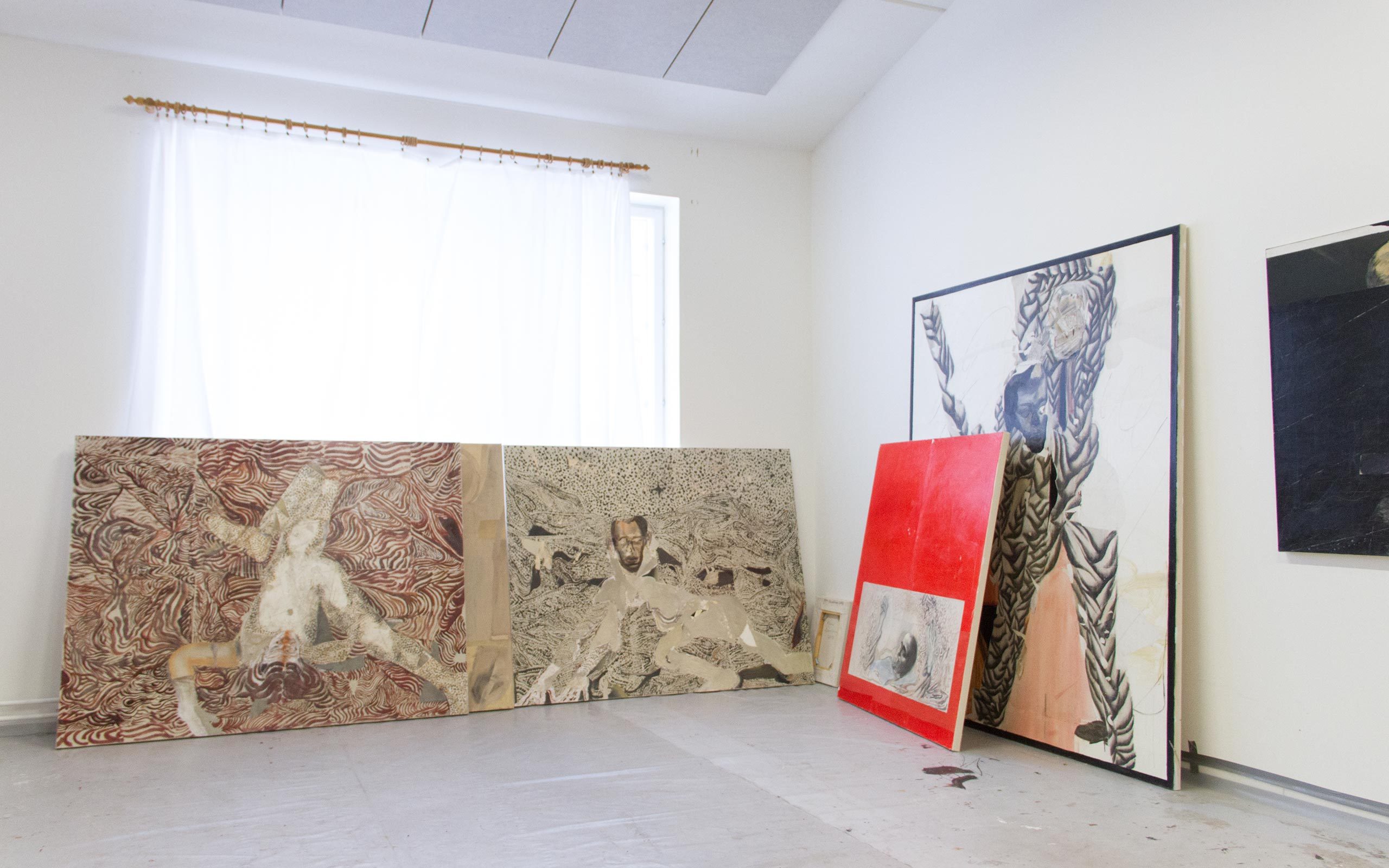
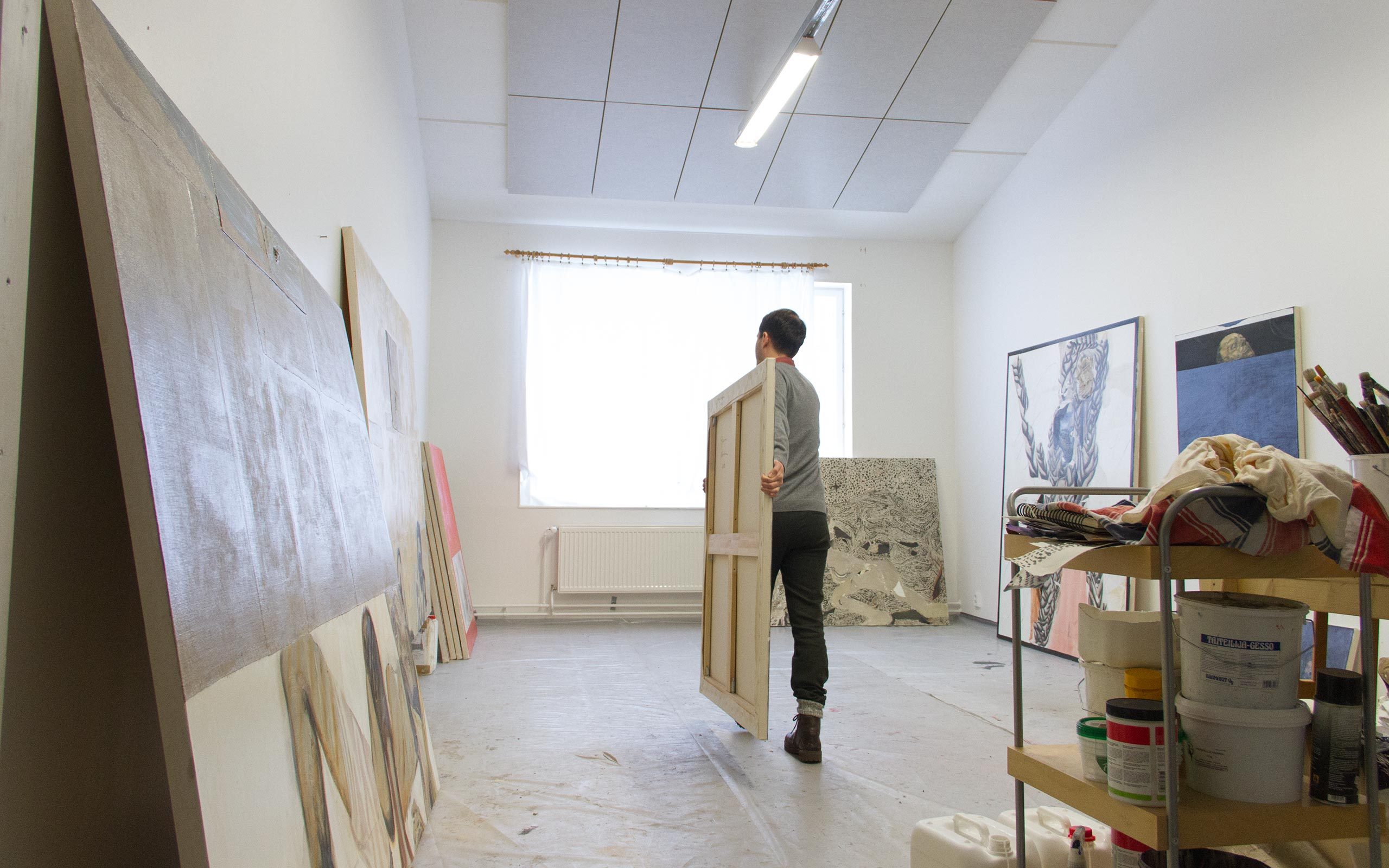
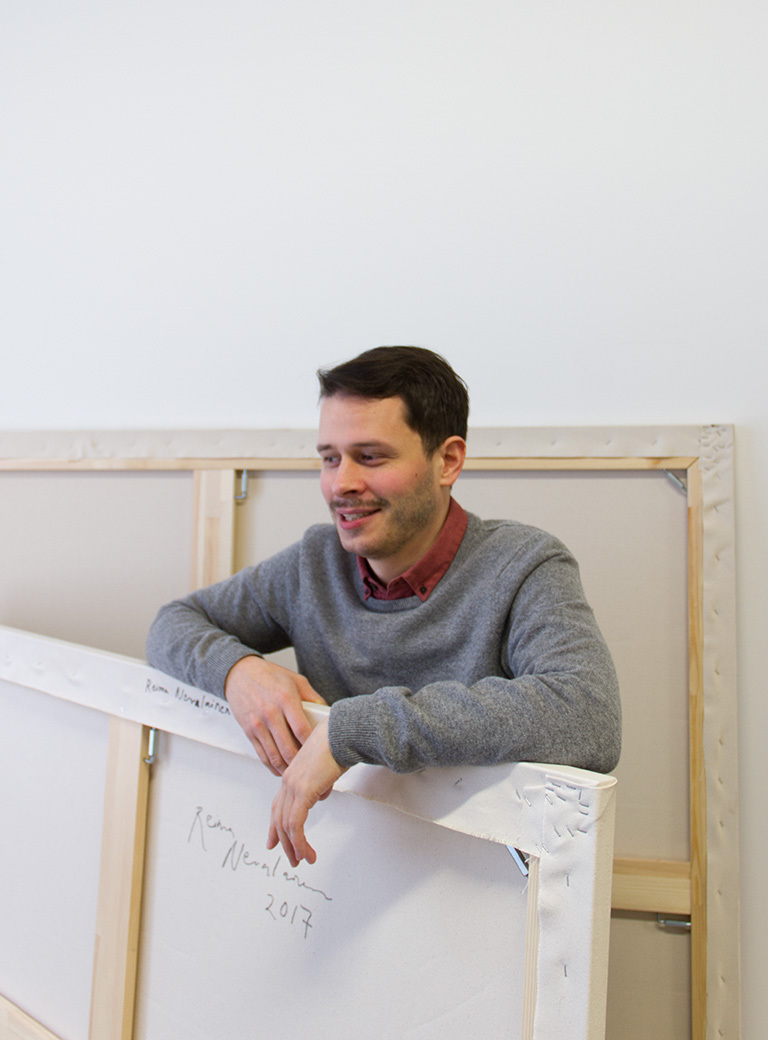
With their raw, fleshy style your paintings are somehow reminiscent of the work of Francis Bacon. Would you agree with this perception?
Bacon is up there for me in the pantheon of painters. I look up to him as an ancestor in the same professional lineage and branch in painting. Looking at his works I certainly feel related to him, although his figures are of flesh, fluid and in motion, whereas the human being I’m depicting is mummified and patterned by sinews. For me Bacon’s world is so coherent, I feel that when looking at his works, I can trust him to lead me to the unknown – it feels real, he made it real. I value that more than anything when it comes to painting. If someone can create his or her own world with its own laws, whether it be heaven or hell, what else can one ask for. That’s my ambition in painting as well. I feel like my painting’s world is based on something more fragile though. It’s based on errors and doubt. Bacon seemed to develop such a certainty so quickly. It seems almost otherworldly.
Your choice of materials includes paint, sand, and paper, and you draw on a variety of techniques in your paintings, including collage, layering, and scraping. How do you go about starting on a fresh piece of canvas?
Often the fluctuation between my paintings is like the day and night cycle. I feel the need to refresh and so I proceed quite differently on the next one after finishing the previous. Usually the painting is formed on the canvas and I don’t really make sketches, drawings are a separate line of work for me. A technique that feels natural to me is the combined use of collage and of décollage. In my case it means that I cover the whole canvas with paper before starting to paint. Sometimes I paint first on the paper, let it dry and then paste it on the canvas. Paint covering paper and paper covering paint, some of my paintings accumulate many layers.
You have compared this method of tearing away paper or scraping away paint to that of an archaeologist. What exactly are you unearthing as the artist?
The painting is not just what has been made, but what remains. The process is often as much about removing something as it’s about adding. Sure, adding layers always destroys that which is being covered, and with tearing off layers through décollage the act is even more complete. Something was there, now only a trace is left behind. I think the absence of something is as powerful an element as that which remains. Older layers becoming visible, especially in the human figure and the resulting image often appears as if it’s been eroded. My work finds symbolism in anatomy studies and archaeology. The layers are like skin or the earth’s crust.
On another occasion you said that from “shedding one’s skin” new matter or substance is created. What exactly did you mean by this?
The painting, although connected to and reflecting the real material world, is a magical surface where the paint, color and other materials and their qualities become something new. I see the paint as matter and not color. By attaching to the surface and drying, the materials give birth to a new matter: the substance of the subject matter. Painting becomes the concrete reality, not a representation of it. I concentrate on this way of thinking when I work. The ideas for my works come both from visual and tactile sources. Shedding one’s skin is a metaphor I use in the sense of renewal through destruction. It’s about being ready to let go of something that has been worked on even for a long time. Tearing off layers is one way of doing it.
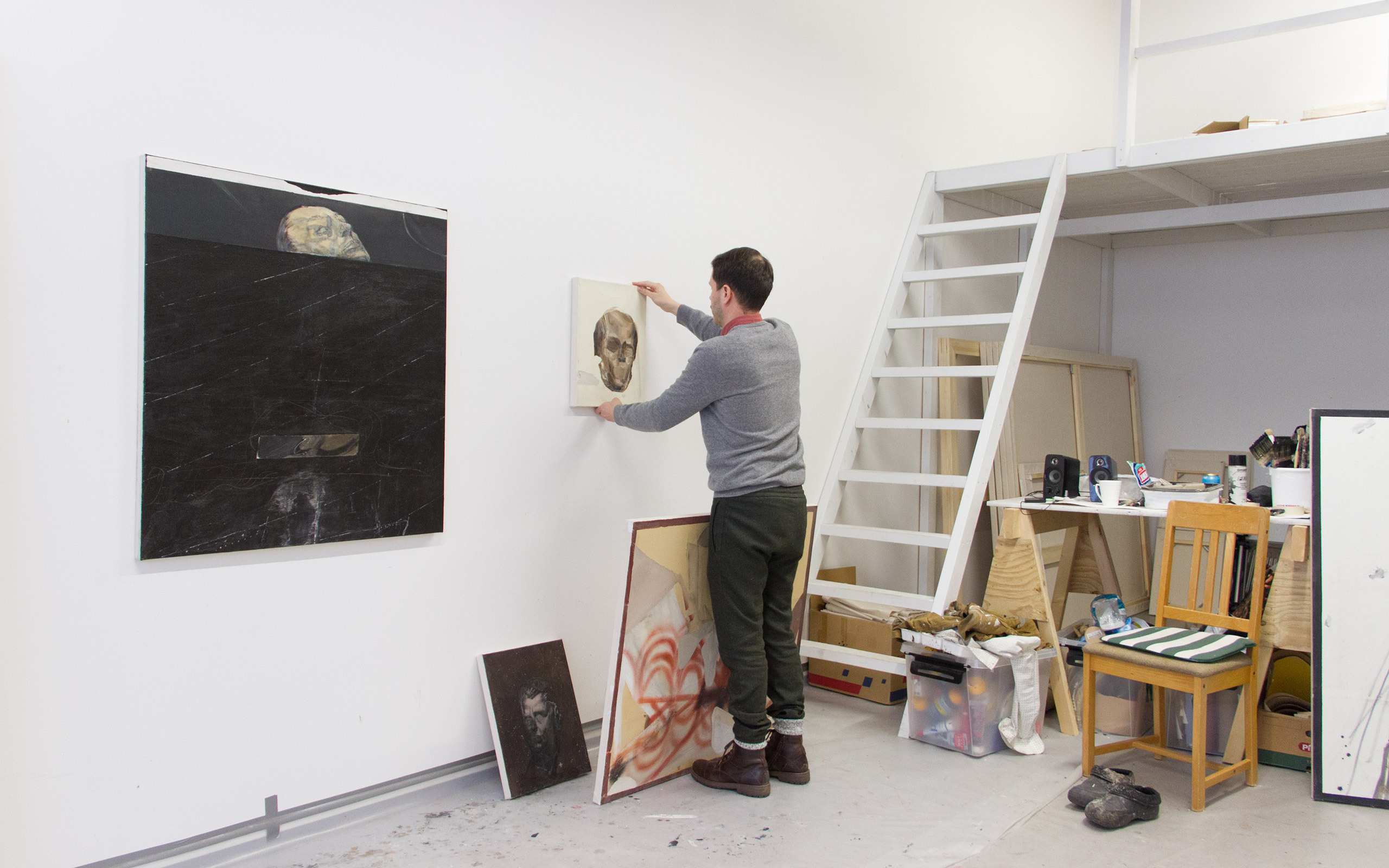
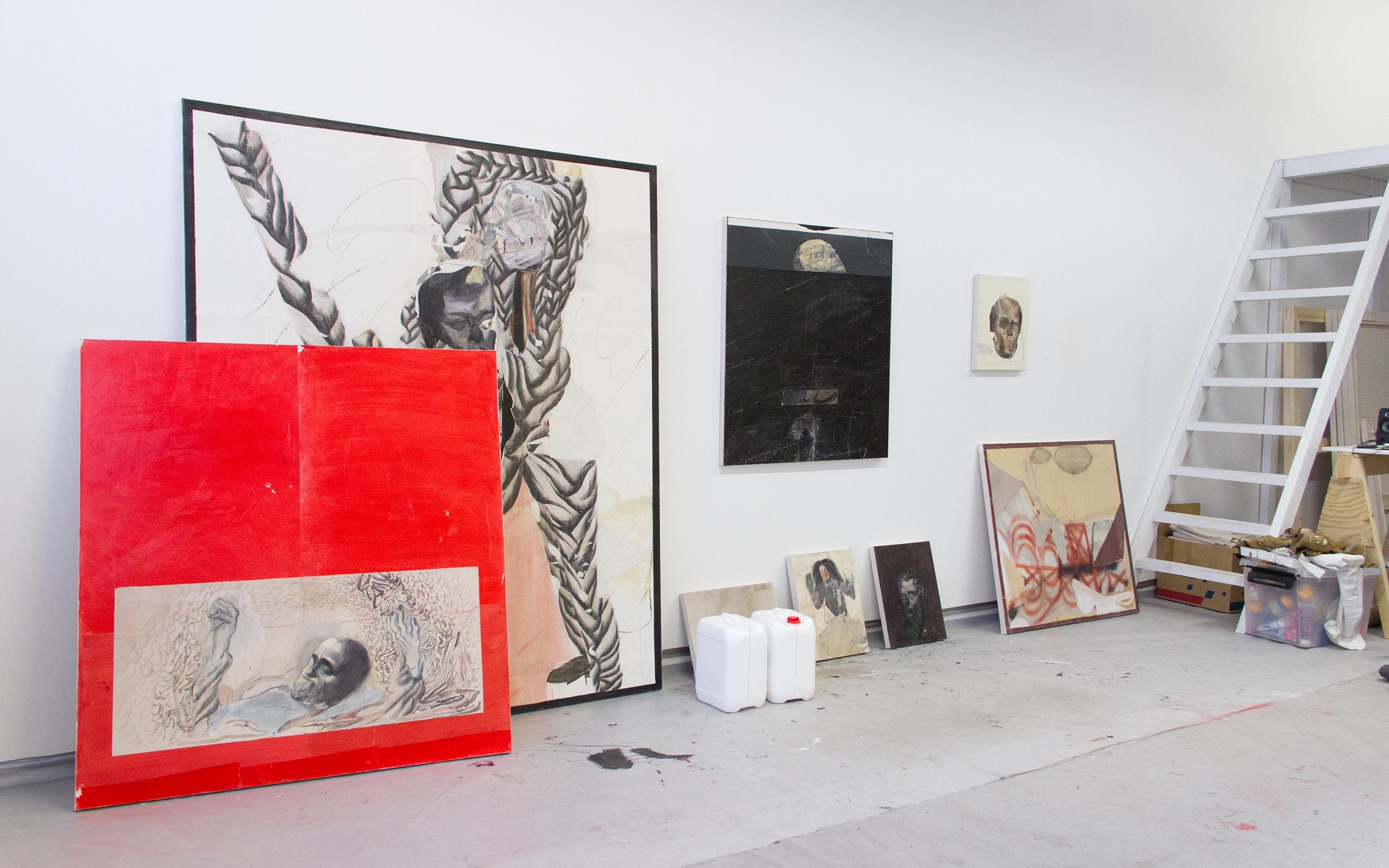
You were selected as Finland’s Young Artist for 2016; how did you feel about receiving such a prestigious award?
At first, I was terrified and nervous of the practical side of making my first museum exhibition at that point in my career in a relatively short time. Once the exhibition took shape, opened to the public and received good reviews, it became one of the most satisfying experiences in my life. Other than on the practical side, being awarded something like that is quite humbling at that point in one’s career. Although not necessarily autobiographical, my paintings are intimate, like pieces of me. Being applauded for doing such work was exciting but also a bit uncomfortable, to be honest.
Did you experience more interest among the art public and collectors after being awarded the prize?
For sure. The award is quite well known in Finland and also outside the art public, so it was exciting to hear feedback from people who wouldn’t necessarily have seen my works otherwise. Collectors and museums both took interest in the award exhibitions as well.
Can you remember what the awards committee said regarding why the 2016 award should go to you?
Looking back, there was so much happening around me at the time, that I can’t remember the events precisely anymore. All of a sudden there was so much curiosity and rigorous examination of my work. But I feel that one event that led to this recognition was my exhibition at Galerie Forsblom in Helsinki in 2014, which was my first solo show after returning from Japan. It was discussed as a decisive turning point and a sign of maturation in my practice.
Having been born in 1984, the beginnings of your artistic career are not so far in the past. How did you actually come to art in the first place?
Being able to create one’s own reality through painting or in other media is highly valuable to me. It has been an important way for me to live and to survive since childhood. Painting and art in general is just a sub-genre of visual culture that I consider myself a part of. Painting having a long tradition and being one the most common ways of making an image seemed like the obvious way for me. After that realization, I went to a couple of art schools. Beginning art school was also the first time I went to see gallery exhibitions.
Did anyone in your family nurture your artistic side from childhood?
I come from a religious and rather non-artistic home. Being an only child was both a curse and a blessing as so much religious hope and pressure was put on me. But once my artistic talent was noticed by my parents and then confirmed by teachers, what I had in me was also cherished. Although I left religion behind me as I left home, my parents were still encouraging and supportive in my pursuit of an artistic career.
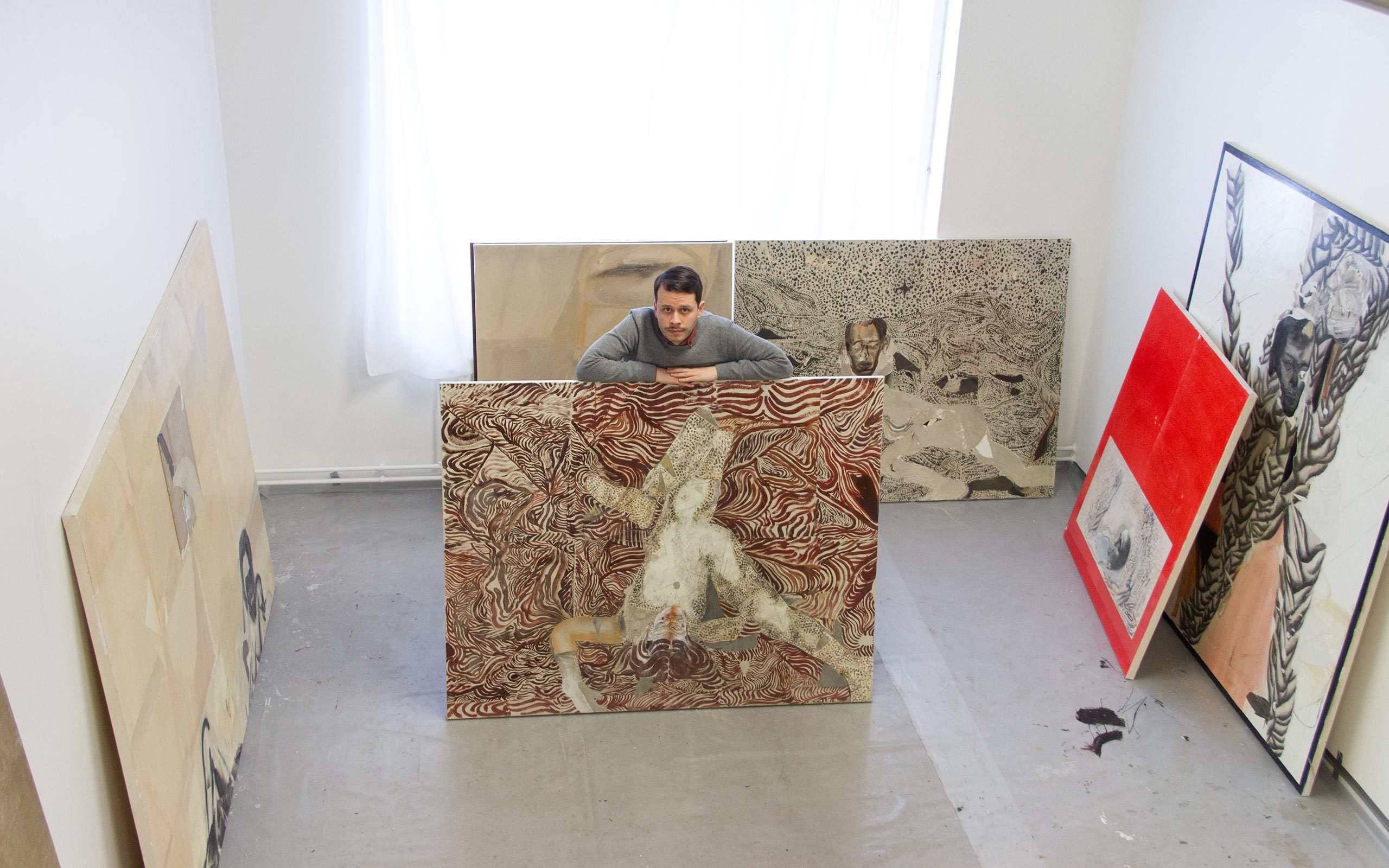
It is among the more difficult things for a newcomer artist to establish a recognizable and compelling practice. How did you find your own particular style?
I don’t think I ever found a style. I wasn’t really concerned about if what I was making was art even during the art school years. I merely wanted to make something as powerful as those well-made pictures in the museums. So, the visible outcome now is just a combination of the same childlike marvel of making primordial images of human beings and the appreciation of the old masters and some modern painters. Once I started using mixed media, I started experimenting with collage and décollage. I think a certain level of seclusion is healthy when the ‘style’ or a way of working is forming. My advice for any aspiring painters would be: whatever you do, don’t think about ‘making art’ and if you need a style, it will form by itself through working. I think it’s dangerous to start connecting ideas like ‘style’ or ‘art’ to one’s work.
Just before you were mentioning your stay in Japan, which was an important step in your development. What did you experience there?
The two years I spent living in Kyoto were an important period of refinement for me. Concentrating mainly on drawing and photography gave me a breather from painting and the surrounding culture brought fresh air into my works in a way that nothing else could have. I feel I made a huge leap forward while living there.
Were there any aspects of Japanese culture or artistic heritage that made a particular impression on you?
Japan was such a fount of inspiration for me that I am still feeding on it. In particular, the Japanese sense of space, both in the context of modern minimalist architecture and of traditional sacred places, made a lasting impression on me. Also Noh theater and Butoh dance are both art forms I still want to learn more about. While in Japan I was keeping a kind of a drawing diary where I produced a drawing a day for one year. Later in Finland I made a book of those 365 drawings. Although not direct observations of those days, the series is a portal to a time that is now lost. It’s an esoteric atlas of a place that’s hiding in a separate timeline and the most important body of work to me. If anything, those two years in Japan were of haunting beauty.
How important is continuity versus renewal in an artist’s practice?
I think renewal and continuity, are both natural processes. I try not to be conscious of either one and just see where my work leads me. Although there’s something to be said about forcing yourself to follow a path until the end and not deviating from it even when there’s a change already gleaming in the horizon. Or vice versa, tearing your feet from a path that goes in circles.
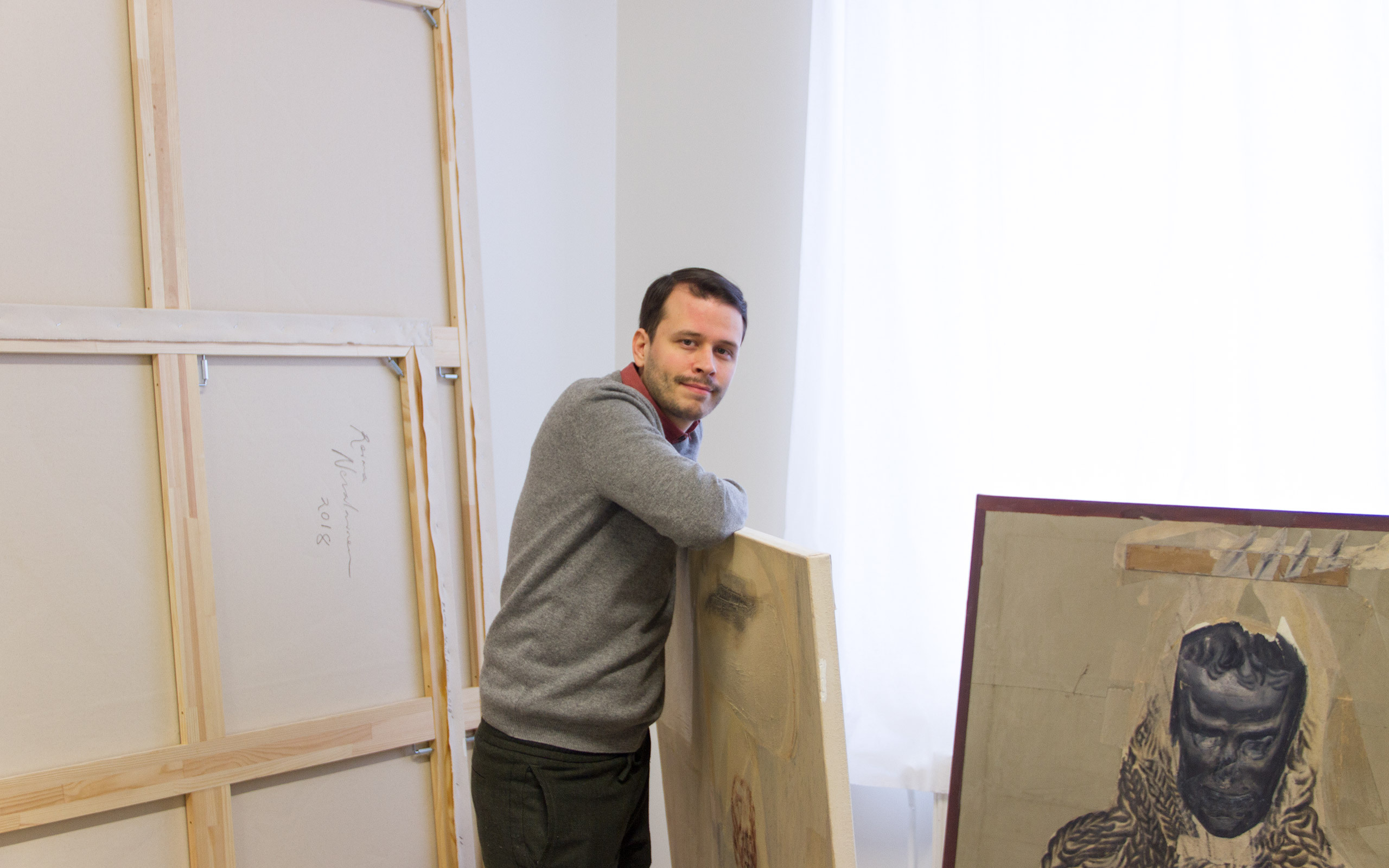
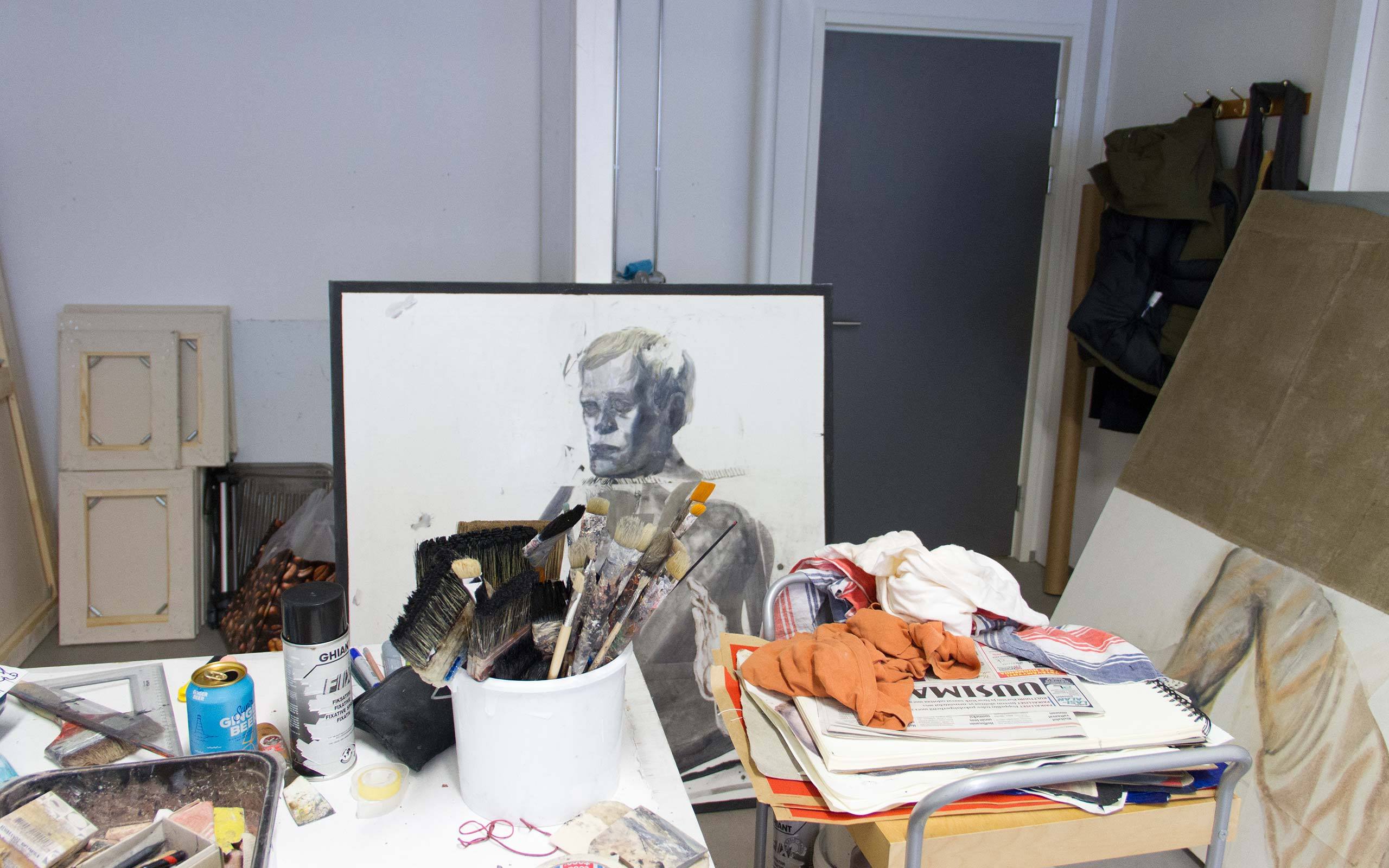
Gallery shows and museum exhibitions are crucial for developing a career as an artist. How much do they interfere in your art creation process, for example by their curatorial concept, exhibition title, or fellow artists exhibited?
I’ve just come to realize lately how the natural evolution of my works is free from the exhibition rhythm. This means that for example in this year’s exhibitions I feel I concluded a process that started four years ago, after returning to Finland from Japan. In this way, exhibitions are just cuts into the continuity of flowing images, other processes determine whether it’s time to shed my skin. For me this makes exhibitions more interesting. They are like fresh, swift cuts into the unsuspecting line of work revealing itself in a more honest way.
Interview: Florian Langhammer
Photos: Florian Langhammer


